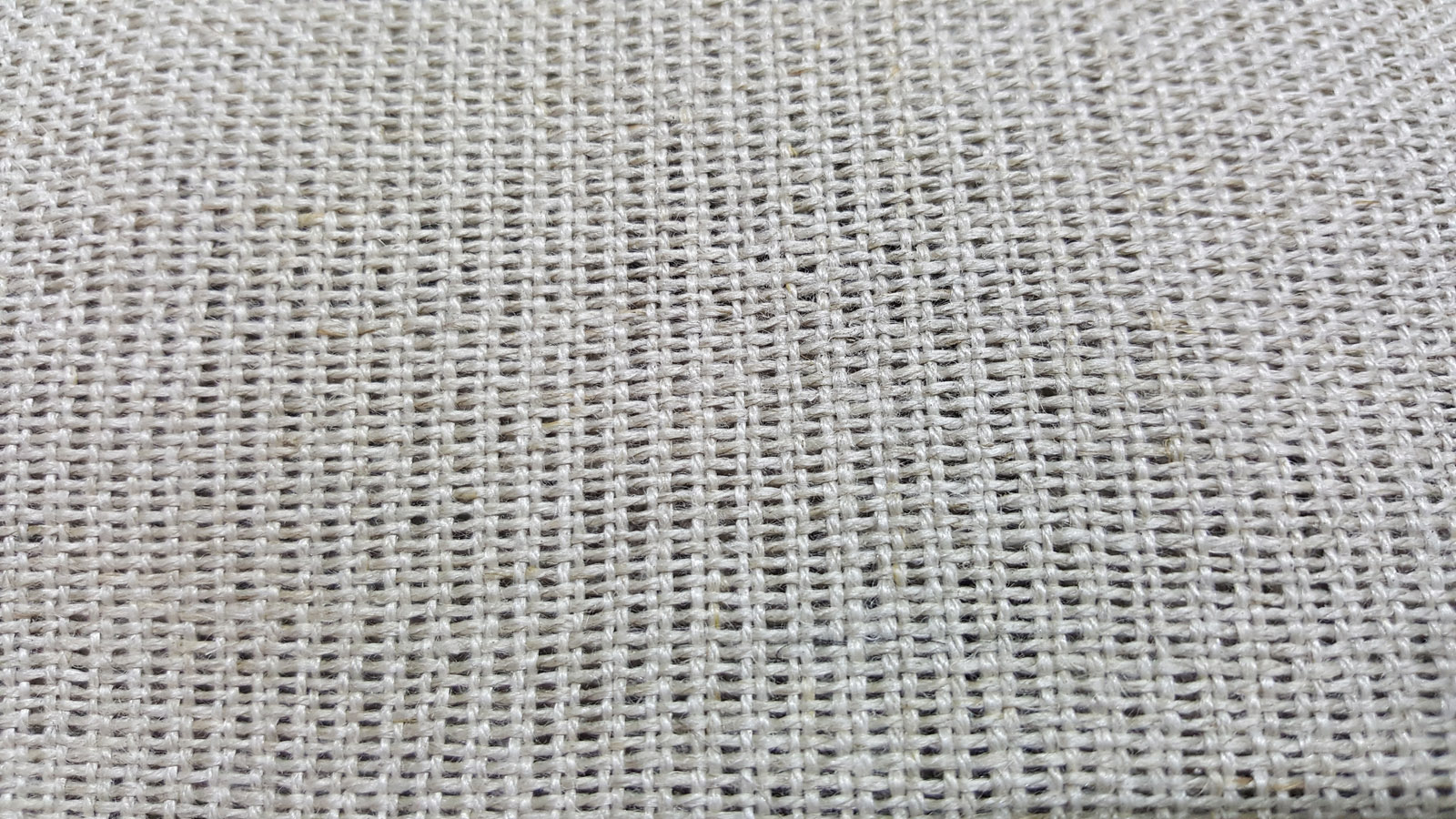When a field of flax is blooming in the Normandy summer, a sea of delicate, light blue blossoms and dainty stems sways in the wind. People used it for thousands of years to make clothes until it was displaced in the textile market by cotton – even though flax fibers are considerably more resistant to tearing.
Now this ancient crop could be set to make a comeback, though not in shirts or tote bags but as a textile structure inside concrete. With funding from the German Federal Environmental Foundation (DBU), researchers Jana Winkelmann and Christina Haxter from the Fraunhofer Institute for Wood Research, Wilhelm-Klauditz-Institut, WKI have worked with Biberach University of Applied Sciences and industry partner FABRINO to investigate whether flax fibers are a sustainable alternative that can be used in high-performance concrete. “We wanted to show that natural fibers may contain materials that are suitable for reinforcing concrete,” explains project manager Winkelmann.
From massive bridges to meter-thick walls and rough-textured buildings, mixtures of sand and cement need to be reinforced inside to ensure that concrete structures are strong enough. Until now, steel has mostly been used for this purpose, but it needs extensive protection against corrosion to ensure that the building does not rust inside. A textile made from carbon fiber or fiberglass represents a durable alternative, but its synthetic manufacturing process is extremely energy-intensive and is based on fossil raw materials. This exacerbates the carbon footprint of concrete, which is already depressingly large: Global production of concrete is responsible for around eight percent of the world’s carbon dioxide emissions.
One of the main reasons why Jana Winkelmann is conducting research into flax as a potential natural fiber for use in textile-reinforced concrete parts is a desire to improve the carbon footprint in the construction industry. A textile made from high-strength flax could make it possible to build structures with a reduced concrete thickness, thereby saving considerable quantities of this climate-damaging building material.
The researchers first used digital tools to plan how a textile structure that is optimized for this purpose would need to look. When choosing an appropriate fabric, it is important to consider the way in which the yarns are crossed so that the fabric subsequently allows the least movement possible. Once the researchers had defined the structure on the computer, they could weave the fabric from flax yarn on the institute’s own loom. To improve tensile strength, durability and bonding, the flax yarns were also coated – though not with the commonly used petroleum-based epoxy resin, but with a partially biobased impregnation.
Opportunities for new architectures
Multiple layers of the semifinished textile were then embedded in the concrete. The project partners at Biberach University of Applied Sciences tested how stable the sample unprocessed workpieces were when under load. Winkelmann: “The results were clear: Concrete with a natural fiber textile is a good alternative to steel-reinforced concrete or to concrete with synthetic fiberglass or carbon fiber.” As part of the project, a number of models have been produced for larger concrete parts reinforced with natural fibers, such as a facade panel and an industrial floor with reinforcing flax fabric.
Plant fibers don’t just improve the carbon footprint – they also allow more lightweight structures to be built while optimizing the future recycling process and opening up new architectural opportunities for sleek and freely designed structures. Jana Winkelmann now hopes that textile-reinforced concrete parts based on natural fibers will eventually be successful in the market – particularly in view of their considerably improved carbon footprint. The researchers at Fraunhofer WKI have proven that this innovative building material is fundamentally fit for purpose. In any case, by harnessing the potential of these plants with light-blue blossoms, it might be possible to cultivate a new generation of structural materials.
